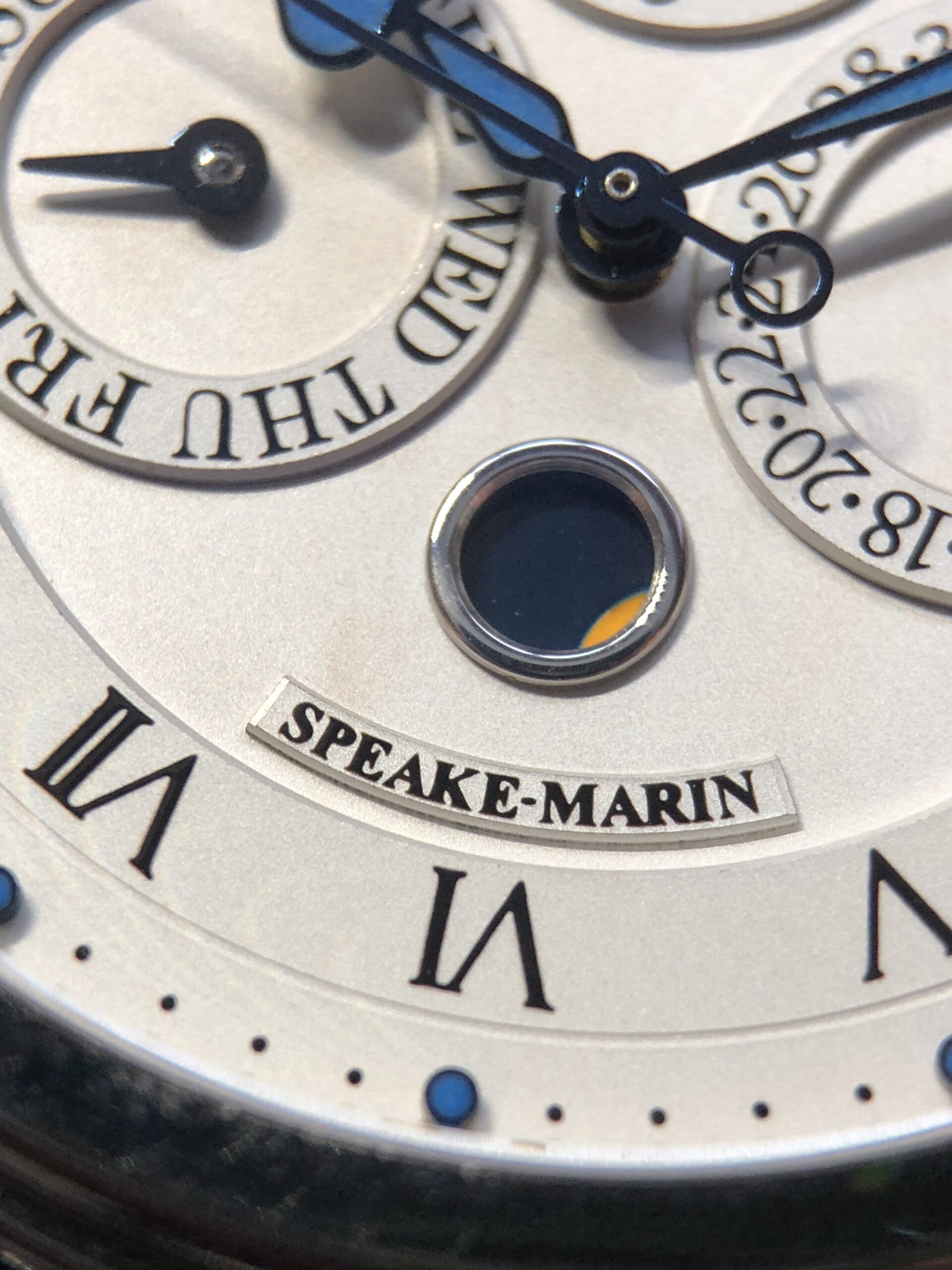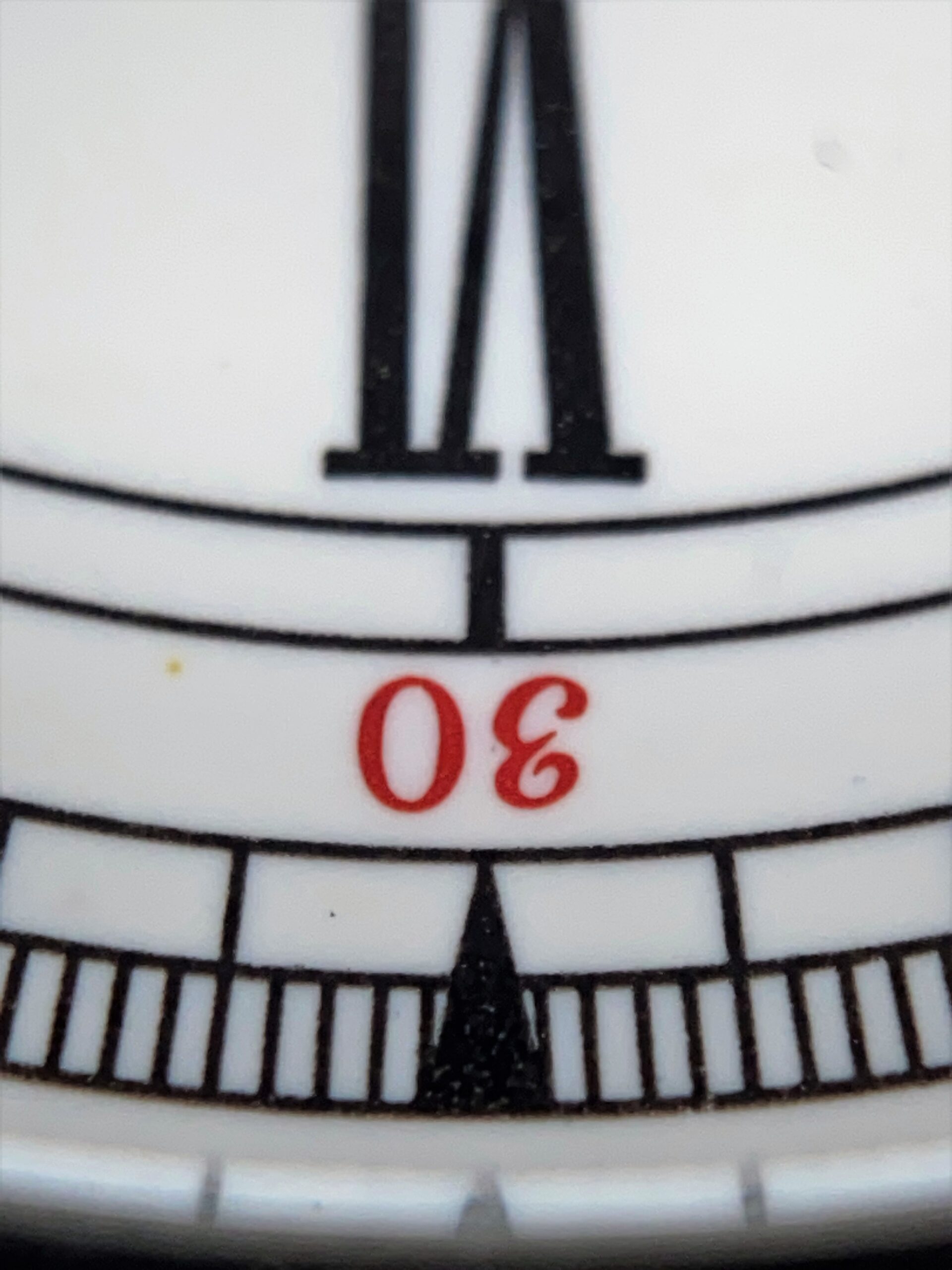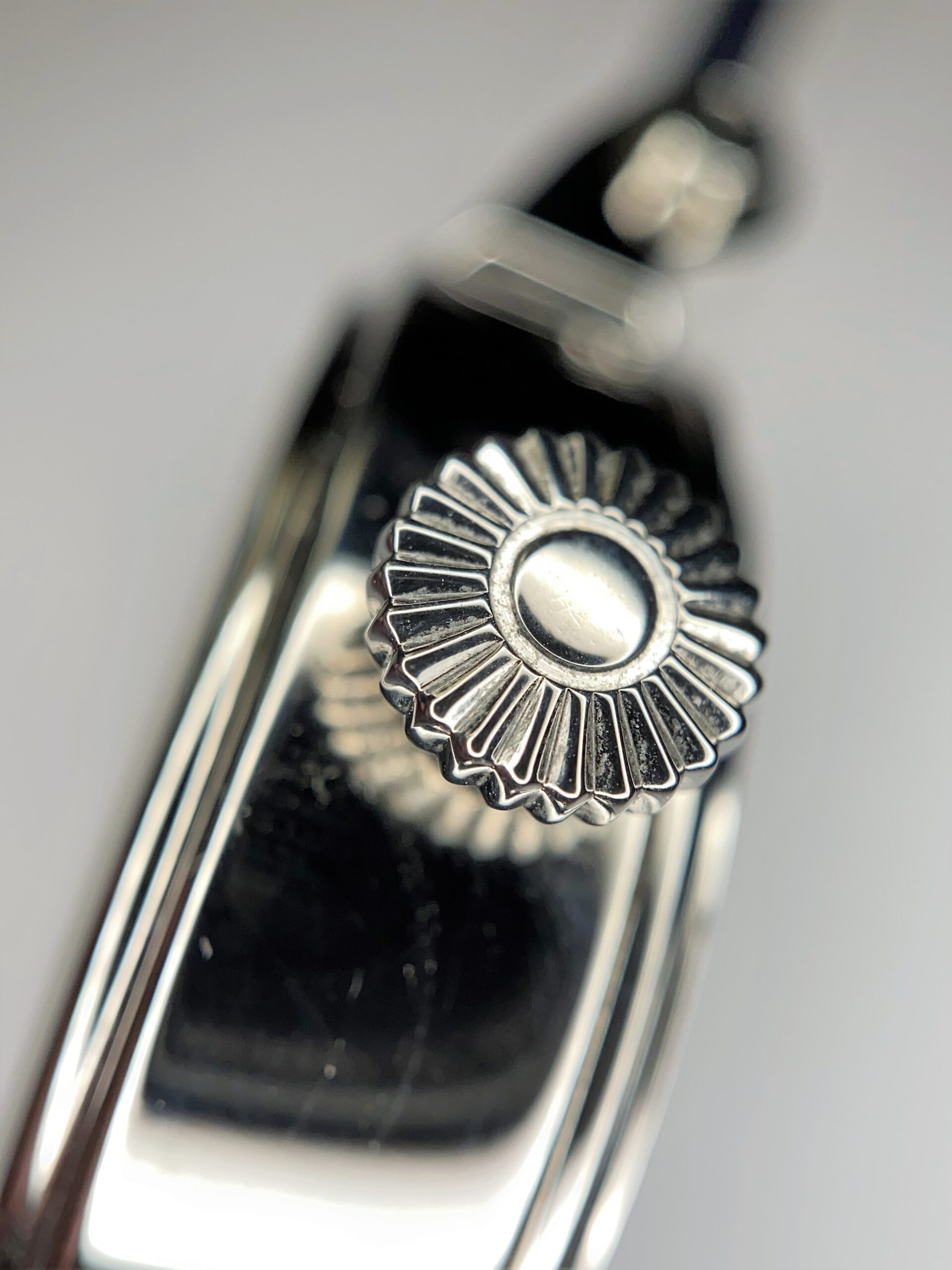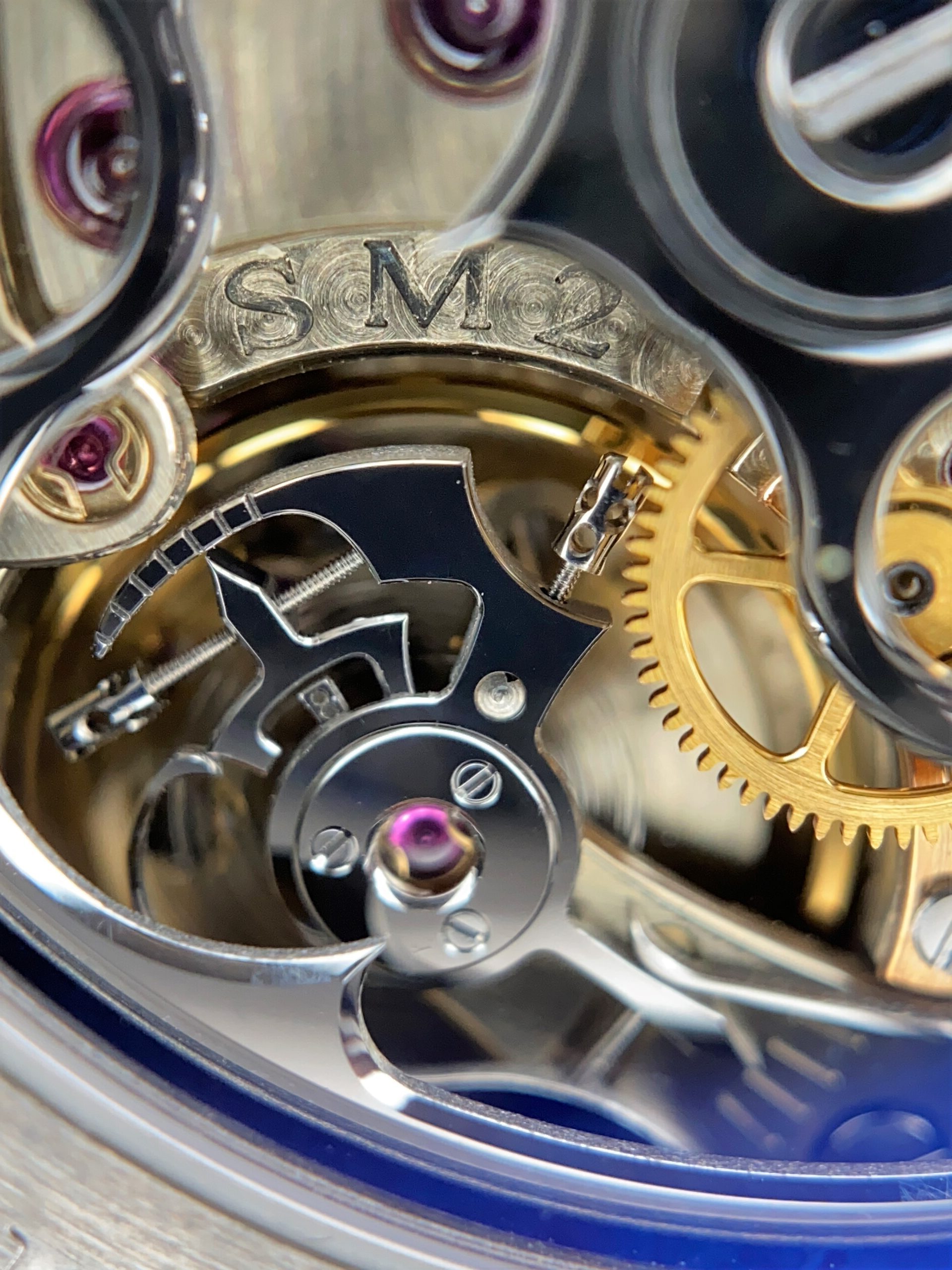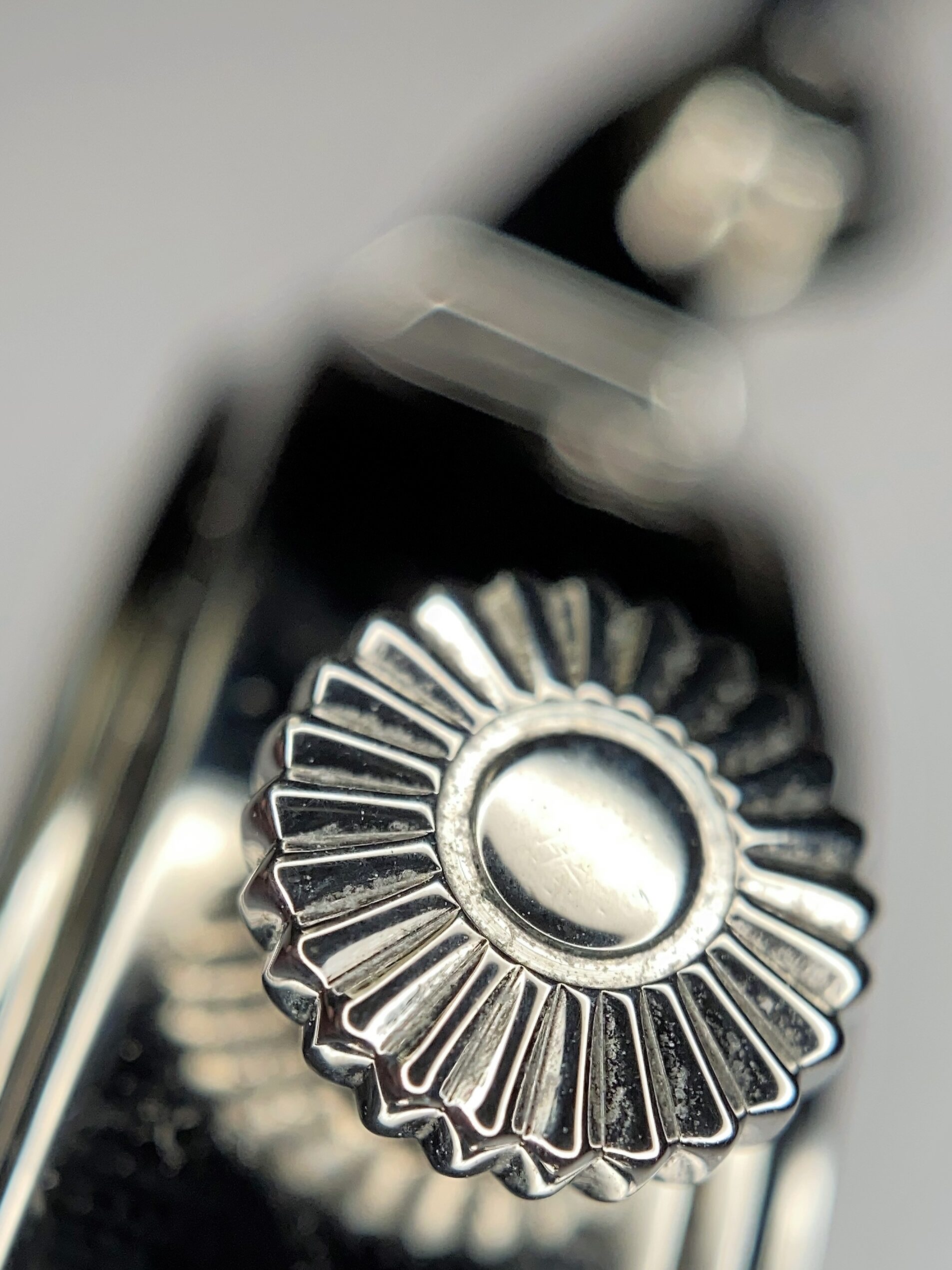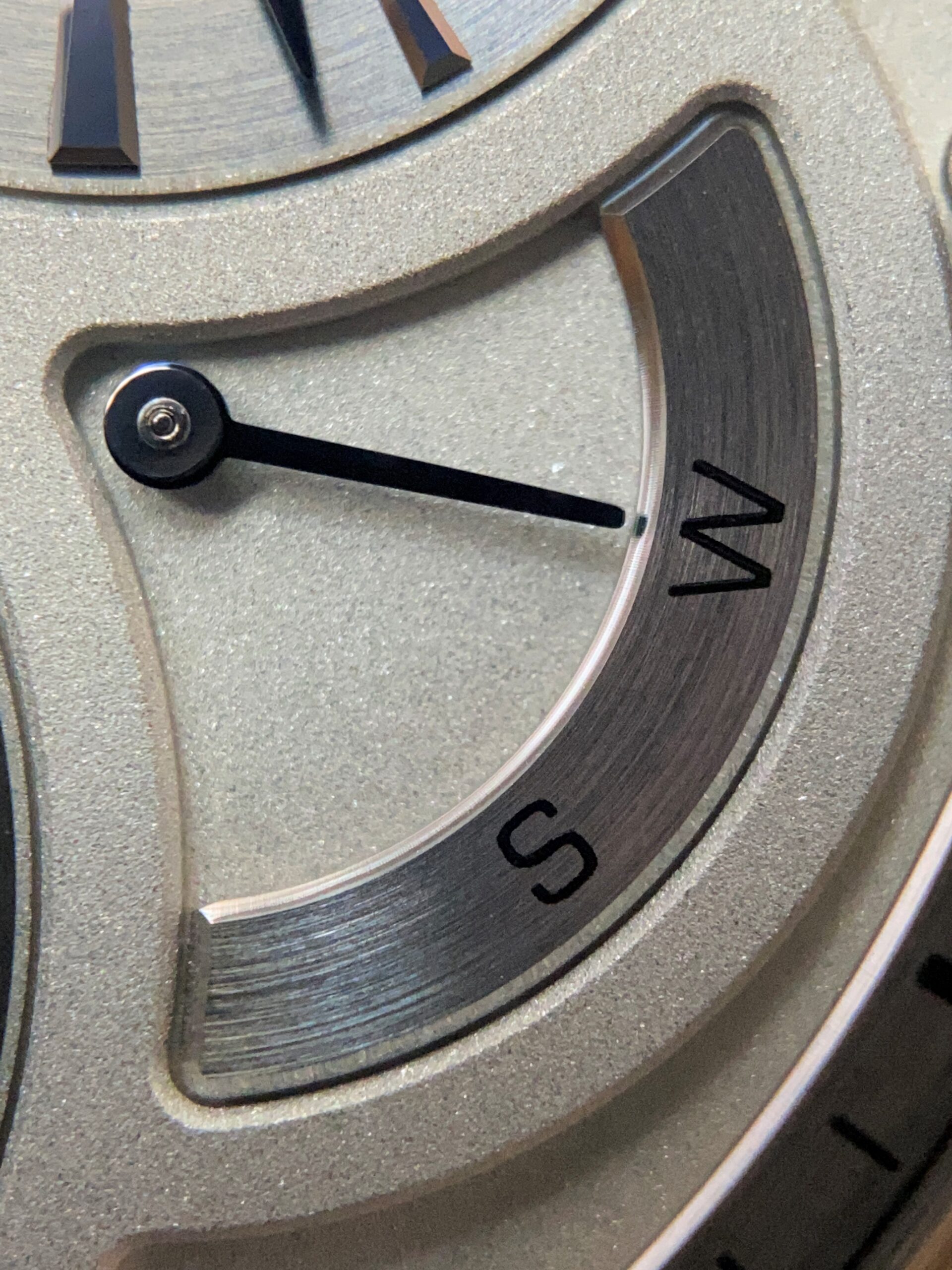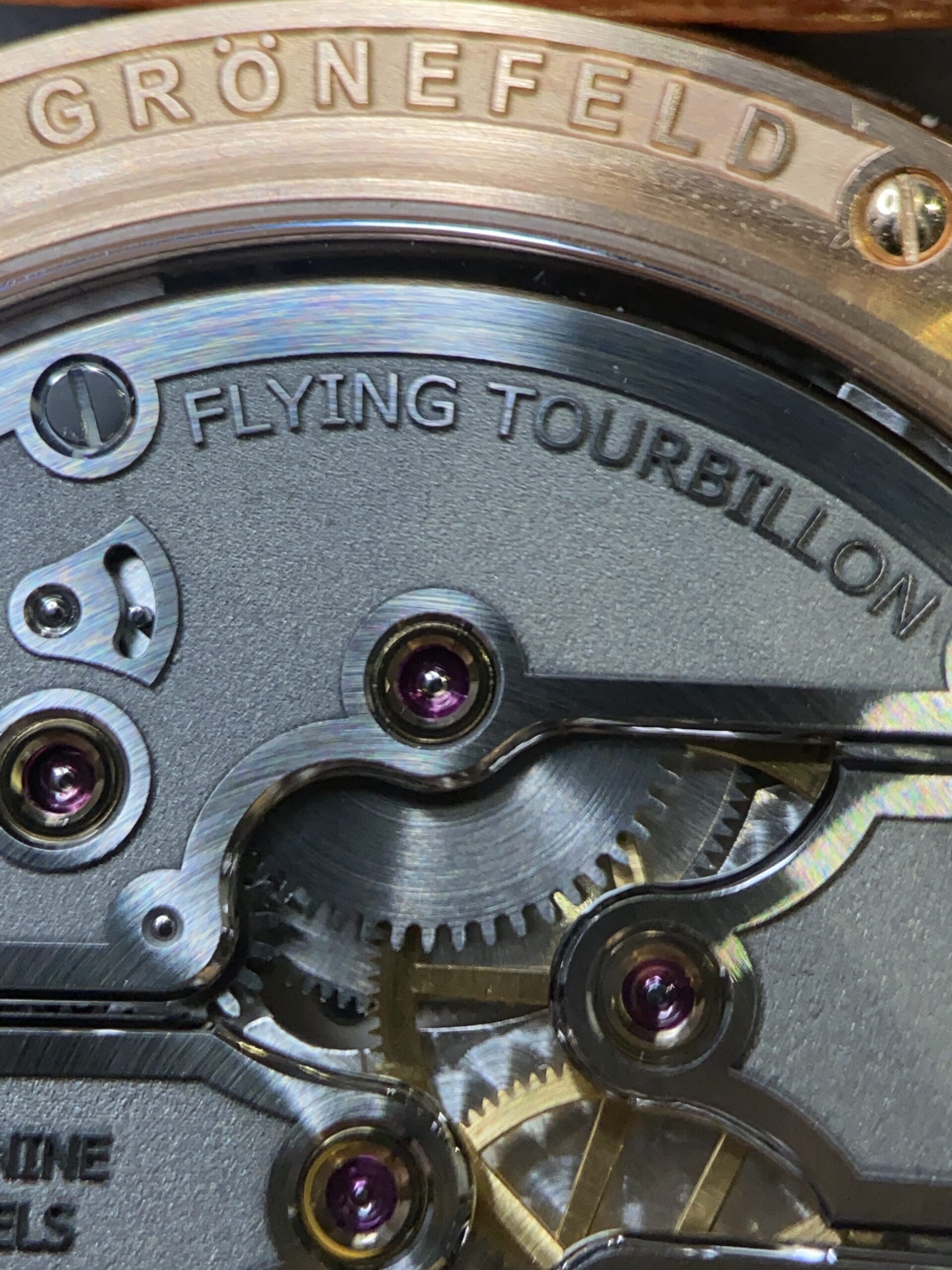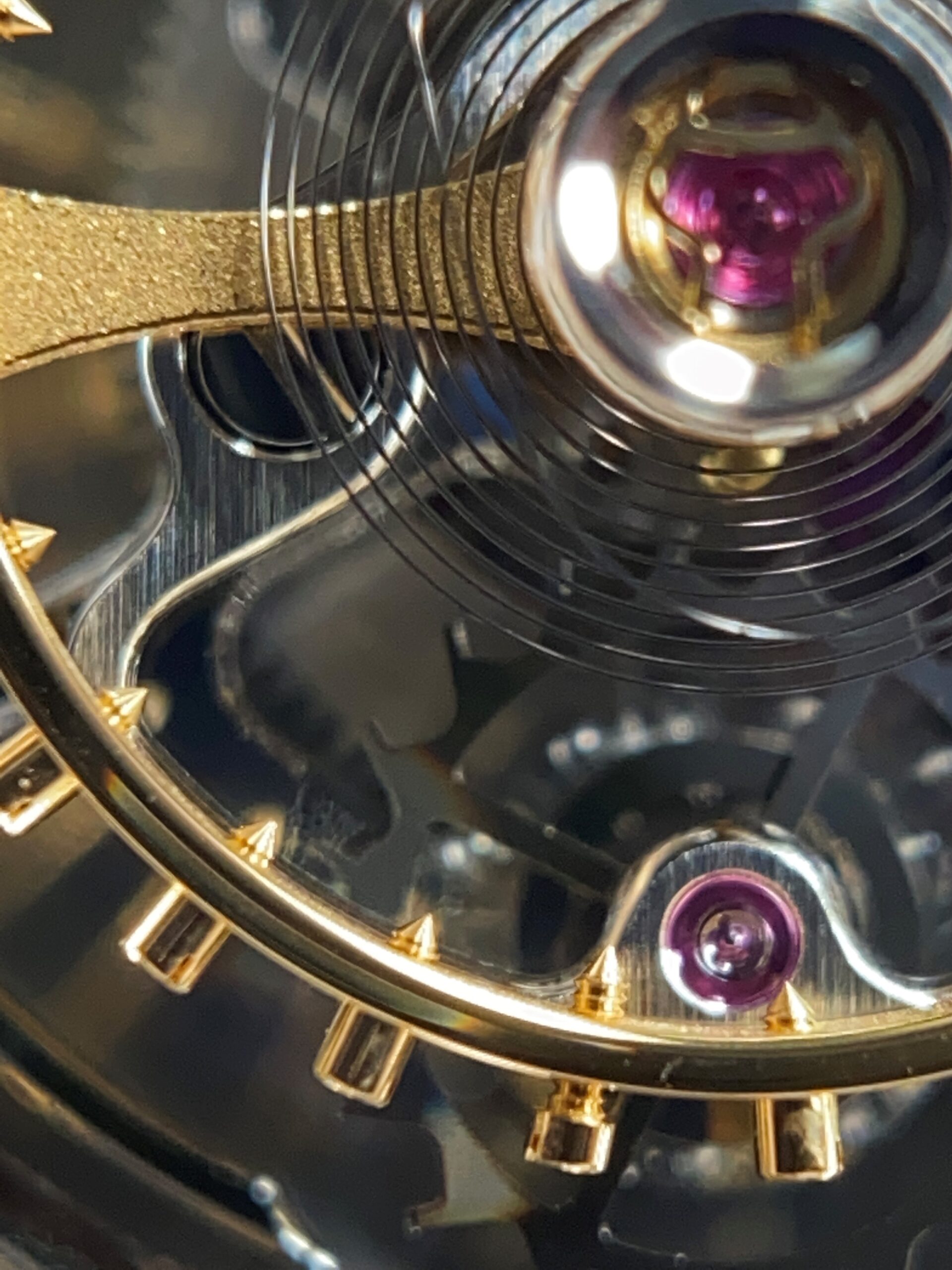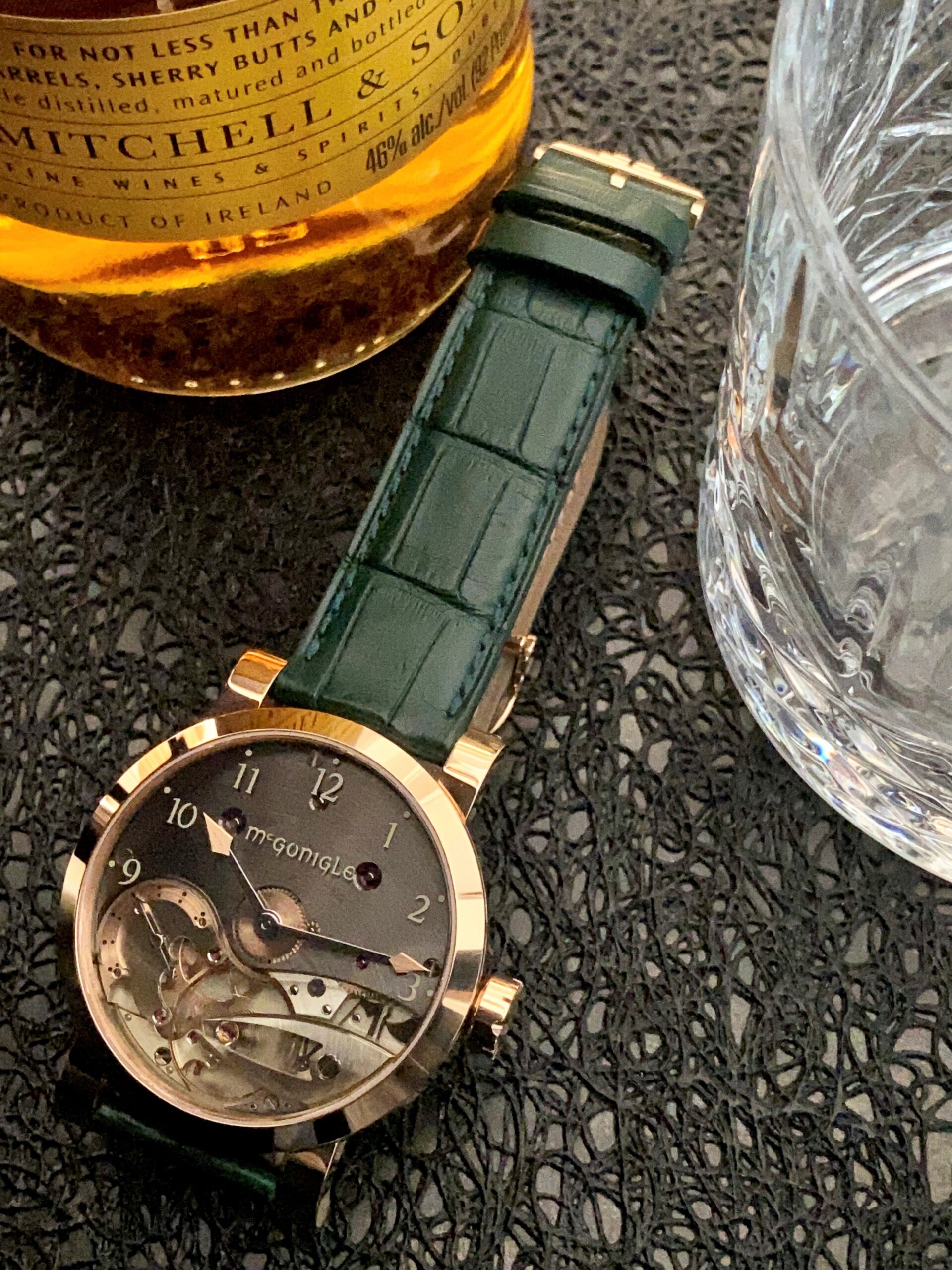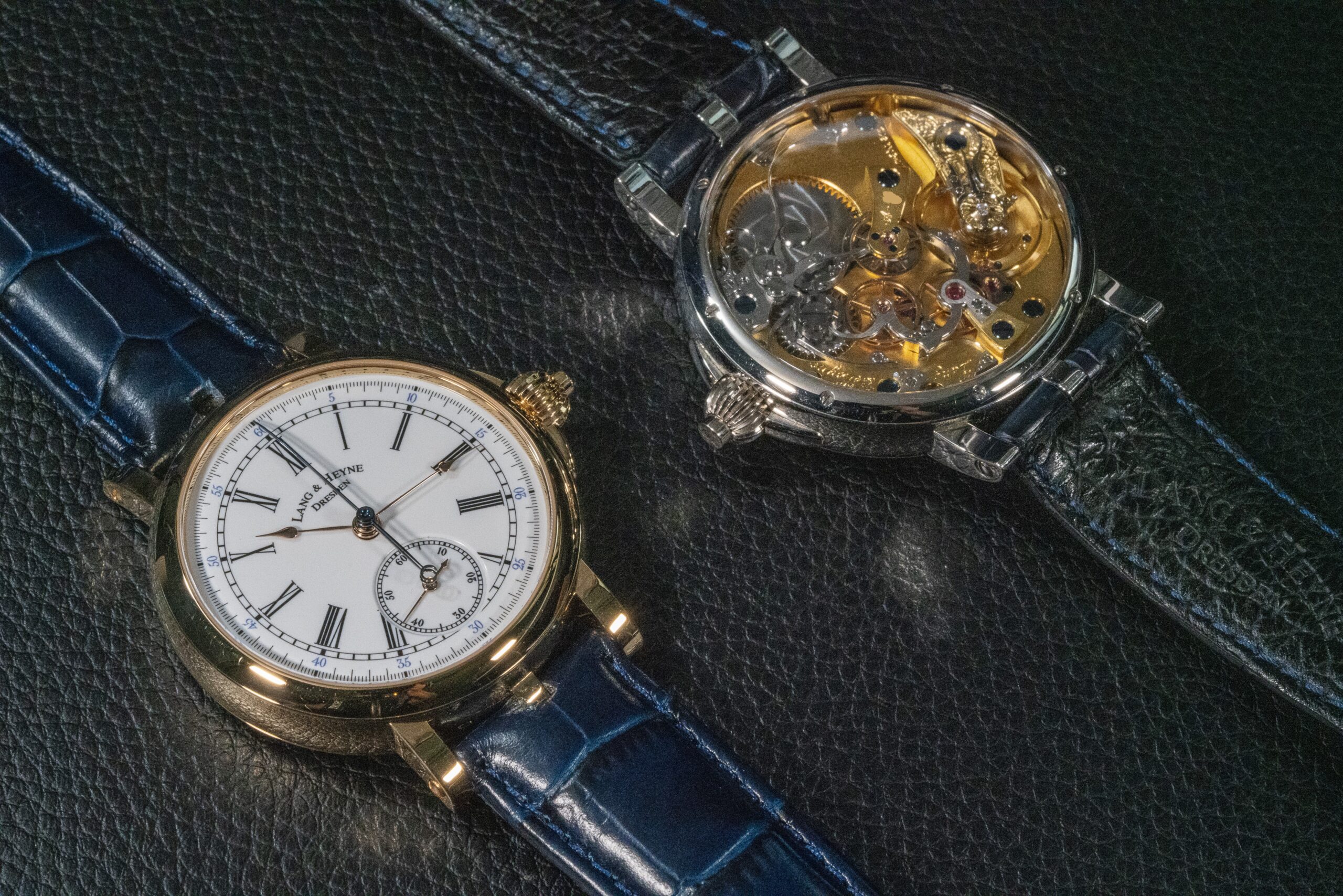My Road to Nakaya:

Prologue: A Quiet Morning in Wajima
The first morning of 2024 arrived with a hush over Wajima. The town, nestled on the northern edge of the Noto Peninsula, was still wrapped in the quiet of New Year’s Day. Snow dusted the tiled rooftops, and the sea, usually restless, lay still like a sheet of glass. In the lacquer workshops, brushes rested in their stands, and the scent of pine and urushi lingered in the air like a prayer.
It was a day for renewal, for family, for the slow rhythm of tradition.
At 4:10 p.m., the earth cracked open.
A magnitude 7.6 earthquake struck the region with terrifying force.
The ground convulsed. Centuries-old buildings collapsed. Fires broke out. The sea, once calm, surged inland. Wajima, the cradle of Japan’s urushi lacquer tradition, was devastated. Among the wreckage were the studios of master artisans—some of whom had worked with Nakaya for decades.
A Pen Inspired by Nature and the Sword
The Nakaya Dorsal Fin fountain pen is one of the most iconic and sculptural models in Nakaya’s lineup, blending traditional Japanese craftsmanship with bold, organic design.

The Dorsal Fin pen takes its name from the dorsal fin of a fish or shark, but its design is also deeply inspired by the curved silhouette of a Japanese katana. The pen’s most distinctive feature is the raised ridge that runs along the cap and barrel—this “fin” is not just aesthetic; it also functions as a natural roll stopper, preventing the pen from sliding off a desk.
There are two main versions:
– Dorsal Fin 1: Features a single fin on the cap.
– Dorsal Fin 2: Has fins on both the cap and the barrel, creating a more dramatic, sculptural profile.
The Dorsal Fin 2, in particular, is often described as resembling a Samurai sword more than a fish fin, with its elegant, sweeping curves and powerful presence.
Each Dorsal Fin pen is handcrafted from ebonite, a hard rubber material, and then coated in multiple layers of urushi lacquer.
The Ishime kanshitsu technique used in some Dorsal Fin models involves sprinkling dry lacquer powder onto the surface, allowing surface tension to create organic clumps, which are then layered and polished to create a unique, tactile texture.
The Dorsal Fin is not just a visual marvel—it’s also a superb writer. The urushi lacquer warms to the touch, making the pen feel like an extension of the hand. Many users describe the writing experience as “zen-like”, with the pen gliding effortlessly across the page.
Because of the complexity of its design and the time required to produce each piece, the Dorsal Fin is considered a grail pen among collectors. It’s not just a writing instrument; it’s a piece of functional art, a symbol of Japanese tradition, and a testament to the resilience and creativity of Nakaya’s artisans.
That’s what drew me to it. But I was to “connect” with Nakaya for another reason.
The Birth of Nakaya: A Legacy Reborn
Nakaya was born not in a boardroom, but in the quiet resolve of retired craftsmen. In 1999, a group of artisans from the Platinum Pen Company—men who had spent their lives perfecting the art of pen-making—chose not to fade into retirement. Instead, they founded Nakaya, named after the original name of Platinum itself.
Their mission was simple: to make pens by hand, one at a time, with the care and reverence of a tea ceremony. No machines. No shortcuts. Just ebonite, urushi, and the human hand.
Each Nakaya pen is a meditation. The body is turned from hard rubber, then coated in layer upon layer of urushi lacquer—a process that can take months. Some are adorned with maki-e, where gold and silver powders are painted into intricate designs. Others feature raden, with mother-of-pearl inlays that shimmer like moonlight on water.

Aftershock: The Human and Artistic Toll
When the shaking of the January 1, 2024, earthquake stopped, silence fell over Wajima—but it was not peace. It was the stunned quiet of loss.
One workshop, a small wooden structure passed down from the artist’s father, had partially collapsed. Shelves of urushi jars shattered. Brushes, some over 50 years old, lay broken on the floor. The lacquer he had been curing for a new series of Nakaya pens was ruined. Months of work, gone in seconds.
He was found hours later by neighbors, sitting on a stool outside the wreckage, holding a single pen body in his hands. “It was the only one that didn’t fall,” he said later. “I took it as a sign.”
Another studio in Kanazawa was spared the worst of the quake, but the artist’s family home in Wajima was damaged. She returned immediately, not to work, but to help. For days, she volunteered at shelters, cooking meals and comforting the elderly.
Another artist, who lives in Tokyo, was physically unharmed—but emotionally shaken. Many of the pens he had tuned were still in Wajima, waiting for their final lacquer. Some were lost. Others were recovered, scratched and dusty, but intact. He began returning them one by one, calling each a “survivor.”

Resilience in Lacquer and Spirit
In the weeks that followed, Nakaya made a difficult decision: to temporarily halt new orders and focus on recovery. One of their lacquer artists was relocated to Tokyo, where a makeshift studio was set up. It wasn’t ideal—the light was different, the air too dry—but it was enough.
Customers from around the world sent messages of support. Some offered donations. Others simply wrote letters, saying how much their Nakaya pens meant to them. One writer from Italy said, “Your pen helped me write through grief. I hope it helps you heal, too.”
The company began restoring what it could. Pens that had been damaged were repaired. New ones were made slowly, reverently. Each stroke of lacquer, each nib adjustment, became an act of resilience.
The Pen as a Vessel of Memory
Nakaya has always believed that a pen is more than a tool—it is a vessel for memory, for emotion, for the human spirit. In the wake of the earthquake, that belief became a lifeline.
The pens made in 2024 carry more than ink. They carry the weight of survival, the beauty of imperfection, and the quiet strength of those who refuse to let tradition die.
This is why I collect Nakaya pens.
Note – Some images AI generate
